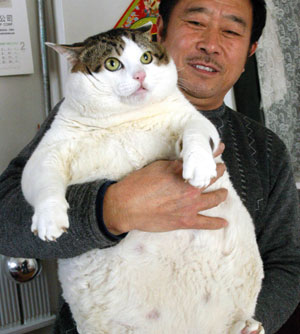
Moggy is a hoggy … China’s Xu Jirong holds his cat, which weighs 15kg and sports a 77cm waist
[Image Copyright 2008 Daily Telegraph News Limited]
Common name for a feline animal

Moggy is a hoggy … China’s Xu Jirong holds his cat, which weighs 15kg and sports a 77cm waist
[Image Copyright 2008 Daily Telegraph News Limited]
Reader…
Just stumbled on this post… Interesting stuff.
I know lots of folks who kiss their cats (including myself). Now there’s a revelation. This article does make you think about cat handling issues. I’m sure (from my own experience) that it’s mainly the young and elderly who are most at risk….here’s the short article.
I’d be interested to hear any ‘tales’ you might have of cat ailments you’ve caught? Cat scratch fever!…I’ve not caught it yet, touch wood.
~~~
~~~
Steps to Prevent Disease Transmission from Cats to Man
At special risk are persons who may have a suppressed immune system, such as: infants, the elderly, people who have had their spleens removed, and people with long-term or debilitating conditions such as cancer, diabetes, AIDS and renal failure.
The list of possible zoonotic diseases is extensive and this module only attempts to highlight a few which are more commonly found.
ALLERGIC SENSITIVITIES Allergic skin and respiratory reactions are quite common in personnel working with cats and other animals. Consult your physician. Wear protective clothing to prevent direct contact with cats, waste, carcasses and other body products.
CAT SCRATCH FEVER caused by Bartanella henselae causes regional lymphadenitis usually associated with a history of a scratch or bite by a cat. Cat-scratch disease is usually self-limited; however in the presence of the HIV, causes severe disease.
RABIES This virus is transmitted by infected saliva, usually by a bite wound, but viral laden saliva may enter preexisting wounds or abrasions. The virus travels up a nerve to the spinal cord and finally reaches the brain. After a variable incubation period, rabid animals or humans will exhibit signs related to central nervous system (CNS) disfunction, and once this occurs, death is inevitable! For this reason, persons bitten by cats should always see a physician and discuss the correct course of treatment. Most animal caretakers will choose to take a series of pre-exposure vaccinations, which will facilitate treatment should they ever be bitten by an infected cat. Cats may be infected by exposure to infected bats.
RINGWORM caused by Microsporum canis is a highly contagious fungal disease. It occurs most often in temperate and tropical climates. People become infected by touching a contagious cat and then failing to wash their hands. When a cat is confirmed positive people should wear protective clothing such as a gown and gloves. Asymptomatic animals may also contaminate and infect susceptible people.
TOXOPLASMOSIS caused by Toxoplasma gondii. Clinical infections are relatively uncommon, but extremely hazardous. The method of exposure is through the feces, therefore wearing gloves when cleaning litter boxes is very important.
Despite all this, I know I for one wouldn’t be without my moggy!
Ed.
We all get these from time to time, and moggies are no exception…
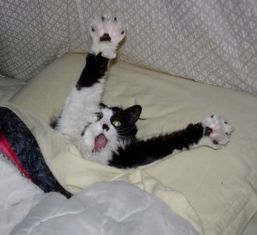
So, first off, you had trouble getting out of bed
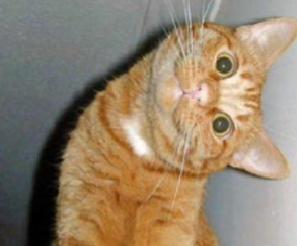
You got yourself a stiff neck
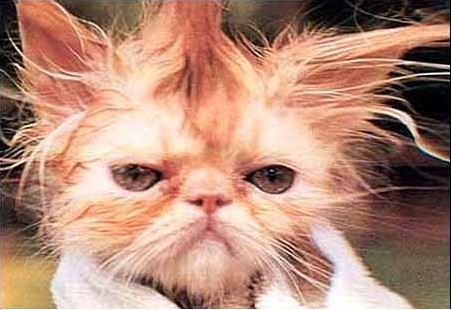
washed your hair and couldn’t do a thing with it
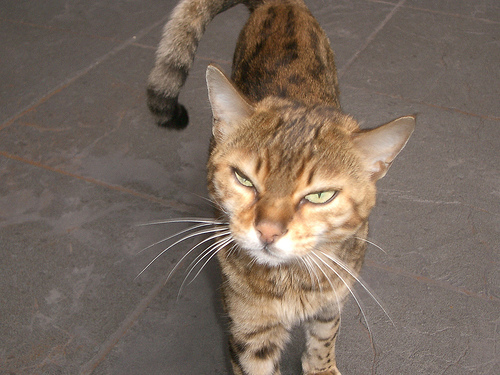
You felt like you had a hangover and you weren’t even drinking last night

Your new diet really doesn’t seem to be working out
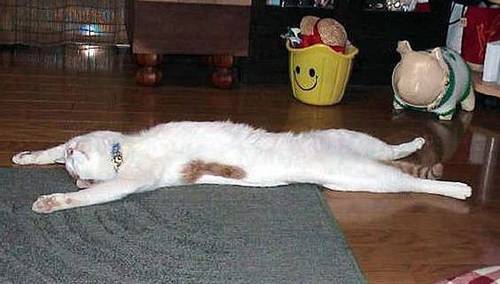
You pulled a muscle when you tried to exercise
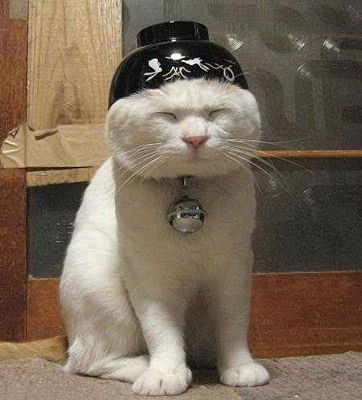
Your new hat looked better on you in the changing room
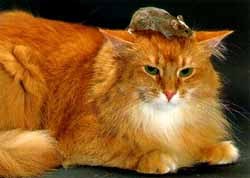
You find that you just keep losing things
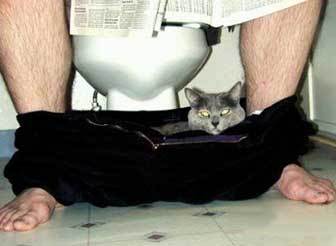
You feel like you’re always in the wrong place at the wrong time
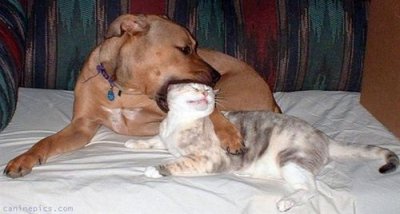
The boss bit your head off at work
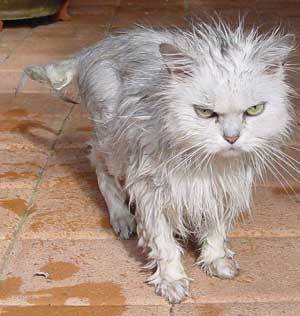
You got caught in the rain at lunchtime…

..then the lunch you had didn’t seem to agree with you
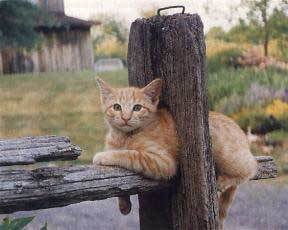
You feel trapped
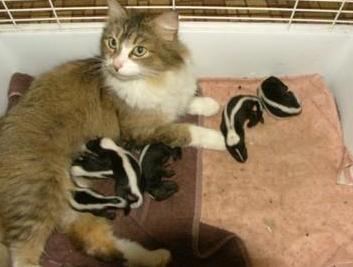
Uninvited guests turned up at dinnertime
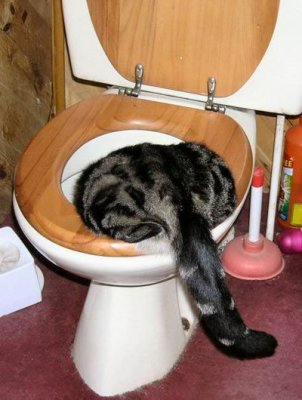
On top of that you think you’re coming down with the flu
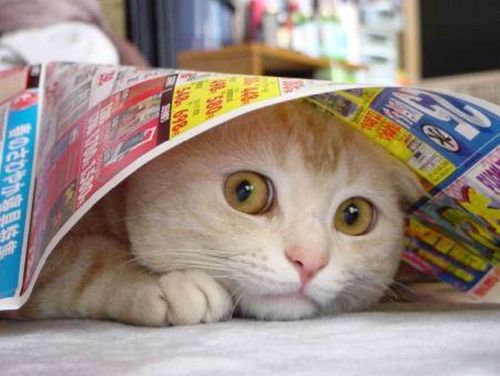
And finally, you’re alone in the house at night when you think you hear a noise from below
Many thanks, Jan!
Hi reader, Norm here.
I’m back after my long winter break holed up in my kennel (pic to follow – Ed). I know, kennels for dogs ‘n all that, but it does keep me out of those strong winds we’ve been getting round here lately. It’s like someone running a cold hand across my back….and the wrong way at that…eventually I get to cowering all round the garden as I try to make my way…no I don’t like it at all! So was I pleased to get this kennel. Cats and rain you know they don’t mix either much. 🙄
So Xmas, here’s me thinking they brought me a new litter tray made of cardboard and, as usual, I had to go in and investigate. Well when I got in there, there was all this silver and gold snake like stuff mmmm tinsel they call it I think, but my overall impression was of the scent of a previous visiting moggy (that would have been Gingerbread ,Ed) and I wasn’t having any of that, so I duly nestled down and sprayed the whole place (look away now, reader) to ensure that no other cats would be using my tray again. Suddenly, the whole world started to rock and the box floated into the air in the arms of my keeper (I can’t repeat the words that were flying from his mouth, they would make your hair curl) (it wasn’t me!, Ed) and I knew I’d done something wrong. Next thing I was out on the back lawn in the freezing cold (box n’ all) and wondering what all the fuss ‘n bother was about. I just snuggled down and went to sleep in that same box. Well, it made a change from the kennel.

Please watch out for my next post reader, I’ve got a lot of catching up to do.
Ciao,
N.
Heres’ one for the festive season.
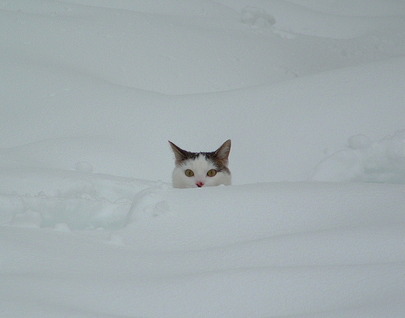
Just got a new moggy for Christmas?
Well then, congratulations on your new companion!
This article is for first time cat owners, so if you’re a moggy veteran then you may find you know most of this already. Still I picked up an idea or two? [Ed.]
To be at their best, cats have some basic needs; providing for them will help ensure your cats long-term health and welfare. If these needs are not met, your cat may feel stressed, which can affect both his/her health and behaviour.
Cats seem to prefer having their own space, to feel like they are ‘in control’ of their surroundings, and to choose the changes they want to make. To help you ‘get off on the right foot’ with your new cat, we have provided descriptions of what an ‘ideal’ house might include. Your cat might not need all these features to get along, but making your house more cat friendly will ensure that you and your new cat enjoy each other’s company for years to come.
Cats can be quite social with other pets and people, just as long as they can control when and where the socializing happens! To understand your home from your new cats point of view, it might help to think of an honored guest arriving from an exotic foreign land. Providing a room or other space she can call her own, complete with food and water, a bed (a cat carrier with a soft pad inside is a good choice), a litter box, a scratching and/or climbing post, a window to look out of, and some toys is ideal. And just as our dining table isn’t near the bathroom or bedroom, the food and water bowls and bed should be placed away from the litter box. Give your cat a few days to get used to these surroundings, and to get the sense that this space is a safe haven. You can spend some time alone with her in the room so you can get to know each other, and so you can provide profuse praise for using the toys, litter box, and scratching post.
Your cats basic needs include:
Toys can be as simple as crumpled paper balls, paper bags to explore, cardboard boxes, or a toilet paper tube. Please don’t use string, foil or buttons, as they can present hazards.
If you don’t know already then it would be good to appreciate that cats do not respond to force. Reprimands only work if you catch your cat ‘in the act’. Punishment that follows an action by more than a few seconds won’t stop him from doing it again, and may even cause him to be afraid of you or the surroundings. It may even cause him to try to defend him/her self (those teeth and claws are there for a reason!)
If you do catch you cat making a mistake, it is better for both of you to create a distraction by making a loud noise or throwing something (NOT at the cat!) that will attract its attention, but not toward you. If the cat associates the distraction as coming from you she’ll just learn to do it when you’re not around. As soon as the cat is distracted, you can take her to a location where the behavior is ‘ok’, and praise her for doing it there. As with all honored guests, cats do respond to praise for good ‘actions/deeds’ such as this.
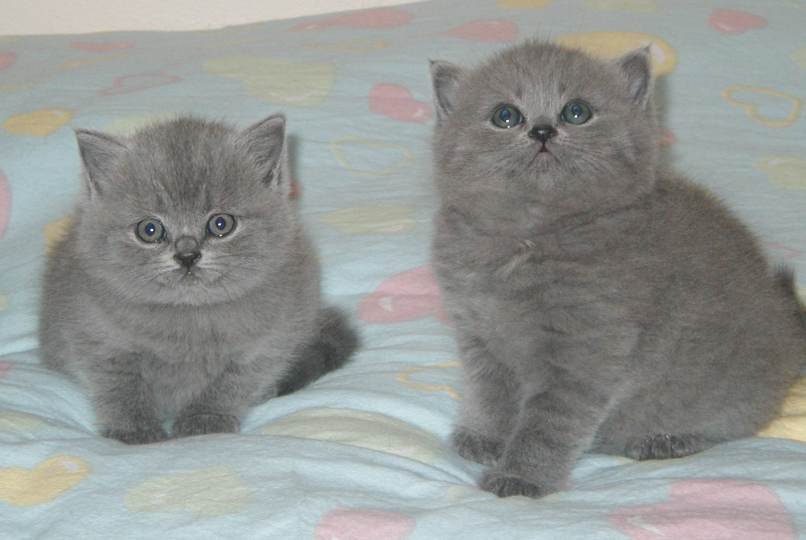
So to state the case: ‘Cats respond to praise/redirection; they DON’T respond to force.
Once comfortable with the new space, the cat can be offered the opportunity to introduce herself to the rest of the house and its occupants. Remember, guests often prefer
to get acquainted on their terms, so don’t rush this. When ready, they’ll become a part of the household. When this happens, another set of food and water bowls, litter box, and scratching/climbing post can be put elsewhere in the house. If the cat shows a preference for these, the ones in her room can be removed (litter box last!), although her bed should be left there for her continued use as a “retreat”. Place the food and water bowls, and the litter box, in convenient (separate) locations that still give the cat some privacy while eating, drinking or ‘going to the bathroom’. They should be placed away from appliances and air ducts that could come on unexpectedly, and located such that another animal (or human!) cannot sneak up on the cat while she uses them. To keep them appealing to the cat, food and water should be fresh, and the litter box ‘scooped’ every day.
If you do want to offer a new type of food or litter, put it in a separate container next to the familiar one so the cat can decide whether or not to change.
Location matters! Placing your cat’s food, water and litter in convenient, quiet locations will make them more attractive to her! Giving the cat something to scratch will help ensure that she can do her thing without damaging your things. Try to choose something that has a texture and position (flat or upright) similar to the cat’s initial targets. If your cat stretches up to scratch, provide something that is about the same height. Put the object close to where you’ve seen the cat scratch, and be sure it is secure so she won’t be startled by it moving unexpectedly. Just as you’ll expect by now, praising her profusely when you see her use it will let her know that this is hers to use.
Providing places to climb and look out of windows are important to keep indoor cats healthy and happy. Putting catnip or the cat’s scent on the scratching/climbing post can also make it more attractive.
Be sure to see your veterinarian regularly. In addition to providing preventative health care through regular checkups, they also can help you troubleshoot any ‘issues’ before they become problems.
These suggestions are only intended to get you off to a good start. More information is available from your veterinarian, pet food company ‘kitten care’ kits and web sites (such as this one). You also can go to the indoor cat initiative website at https://www.nssvet.org/ici/index.html for more information and links to other aspects of cat care.
Suggestions courtesy of The Ohio State University Veterinary Hospital with modifications by the Ed.
The ‘Persa’ descends from the Turkish Angora. The first specimens were imported into Italy from Persia around 1700; a century later, the breed was taken to France and England, where it was perfected with the addition of blood from Angoras, obtaining a silkier fur and multiplying the coat colors.
The Head of the Persa is broad, rounded and solid with protruding cheeks. The ears are small and well-spaced with long hair tufts. Jaw is generally thick and nose short.
Body is compact, it should be 40 to 50 cm. long, with another 25 to 30 cm. of tail. It will be around 30 cm. high. Robust bone structure. Short, muscular limbs.
The tail is magnificently furry, ending in a tuft which provides weight to keep it hanging down.
The colour of Persian cats:
Persians are classified into three groups:
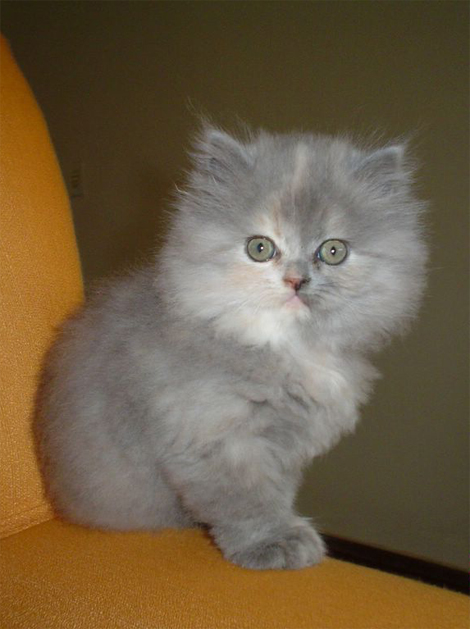
The Coat of a Persa is thick and silky, with collar ‘ruff’. The paws are also unusually furry. It is recommended to brush the coat with a strong bristled brush (metal brushes could break the fur) and to comb every day from six weeks of age. The source article recommended every fortnight, administering a malt or paraffin preparation orally to prevent the formation of trichobezoars (hairballs). Please check with your Vet before doing this.
The Persa has a peacful and docile temperament. It is an intelligent creature and is not generally of a hunting nature.